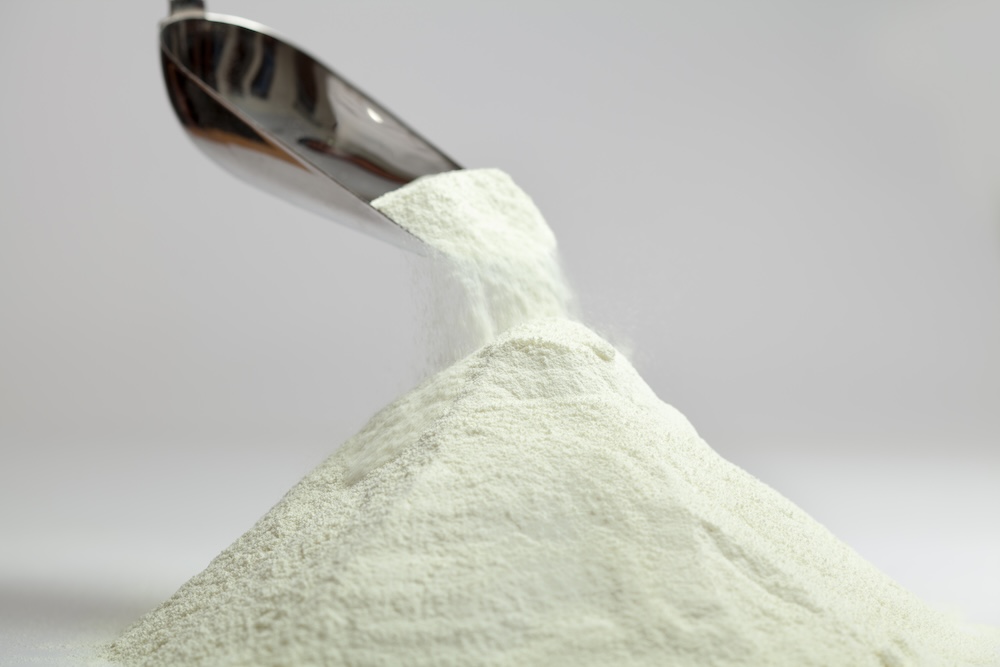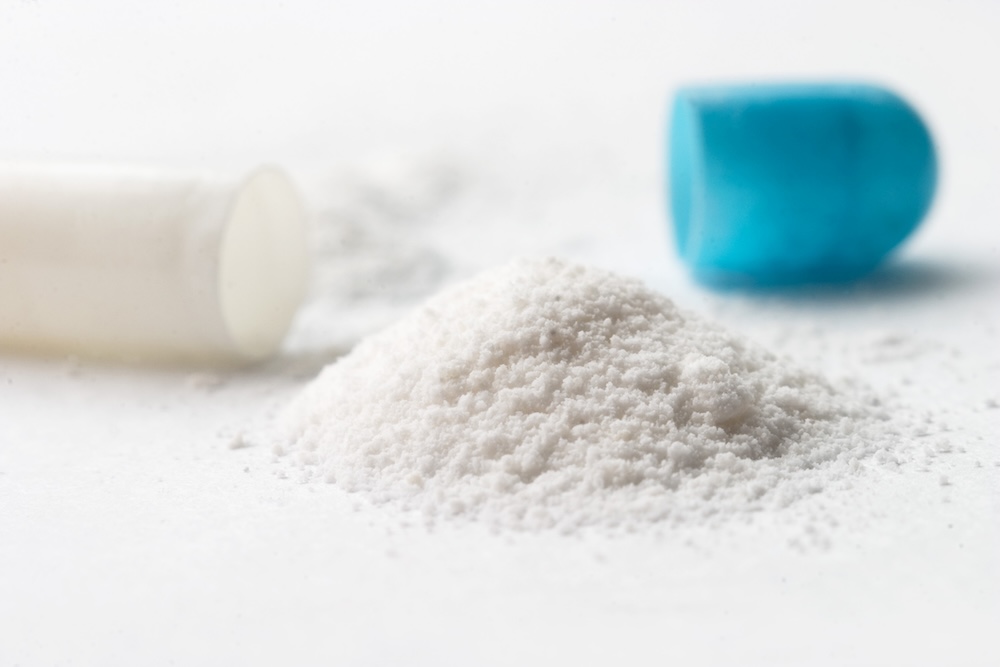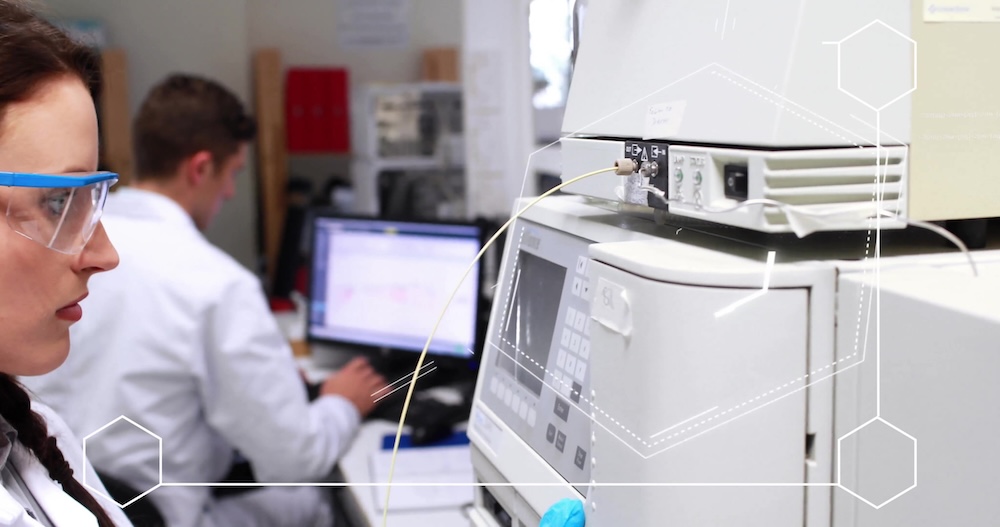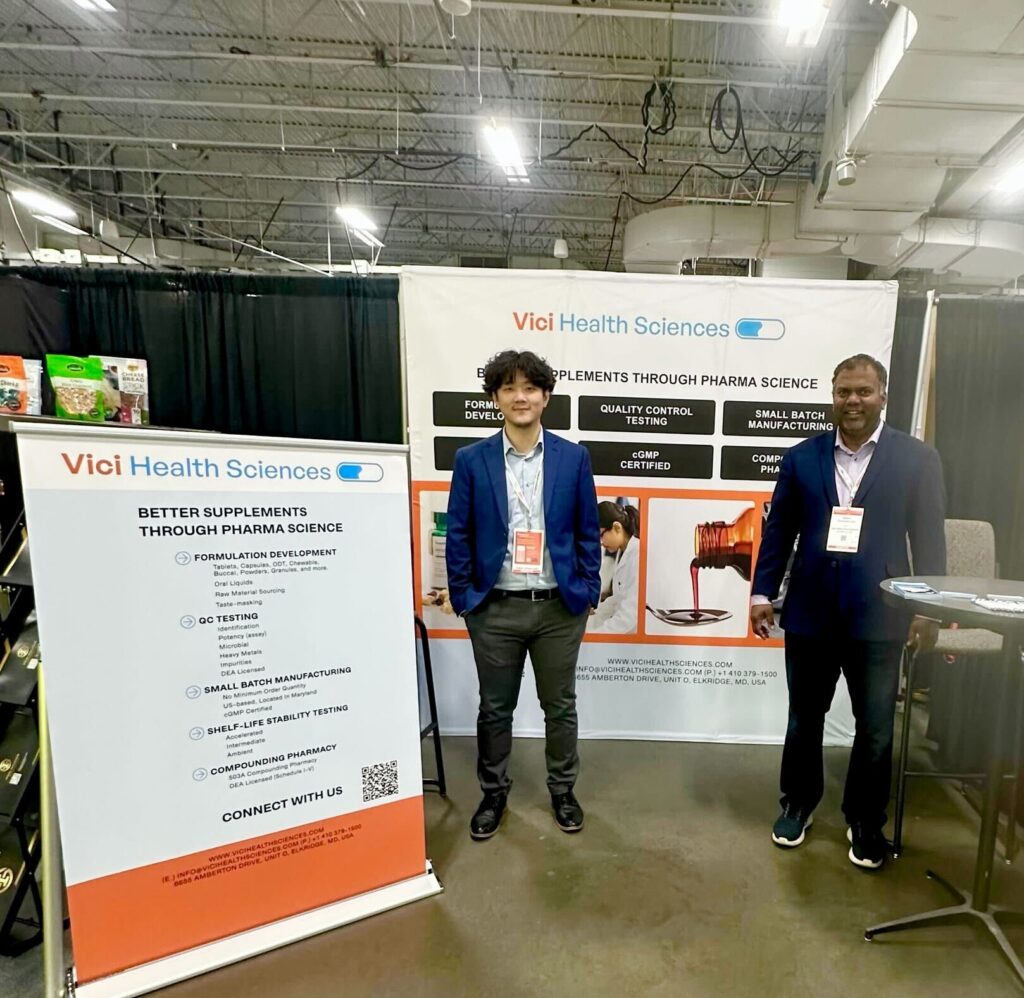Pharmaceutical innovation can stem from a variety of different facets in the industry. Healthcare providers and practicing physicians think of new concepts through observational data from their daily practice to suggest new, improved treatment solutions using existing approved medicines. From a similar vein, university researchers study the existing molecules of active pharmaceutical ingredients (API) in already listed drug products for new indications for different disease models in vitro or in vivo.
With these new ideas, pharmaceutical companies then license these assets to initiate the Food Drug Administration (FDA) approval process. Through extensive safety and efficacy testing during the preclinical and clinical development stages, these assets become eligible to file for a New Drug Application (NDA) or an Abbreviated New Drug Application (ANDA).
In order to properly and successfully receive FDA approval for a drug product, companies need a clear understanding of the available regulatory pathways prior to undertaking preclinical and clinical development. There are three available FDA approval pathways for pharmaceutical products:
- 505(b)(1)
- 505(b)(2)
- 505(j)

1. 505(b)(1) Application
A 505(b)(1) application requires full reports of investigations which show clear evidence of the safety and effectiveness of the drug. This application is typically needed for New Chemical Entities (NCEs) and requires sponsors to perform pre-clinical studies, clinical studies, and development on the drug product’s Chemistry, Manufacturing, and Controls (CMC). Due to the extensive nature of its requirements, these programs tend to be expensive and often require a longer time commitment to complete.
2. 505(b)(2) Application
The 505(b)(2) regulatory pathway falls between the other two pathways in its development cost, complexity, and time commitment. According to FDA guidelines:
- The product must be identical in active ingredient (API) to a previously approved reference product.
- A sponsor is not eligible for a 505(b)(2) application if the product fits the criteria of a 505(j) filing. There must be substantial change from previously approved products.
- A sponsor must submit a 505(b)(2) application if the sponsor must rely on published literature. However, there are specific requirements for such literature to be acceptable to the FDA.
- A 505(b)(2) application may be submitted for an NCE when some part of the data necessary for approval is derived from studies not conducted by or for the applicant and to which the applicant has not obtained a right of reference.
- Since pharmacy substation is not possible, sponsors must undertake their own sales and marketing efforts. Also, 505(b)(2) filings are subject to post-approval clinical requirements including pediatric studies, when applicable.
This approval pathway is most commonly used when changes to strength, indication, route of administration, dosage form, or frequency of administration are made to a drug product. Many 505(b)(2) products have been approved without a need for animal studies, safety studies, or even efficacy studies. The specific requirements depend on the nature of the intended product, available literature data, and reference product. Properly executing a pre-IND communication strategy and choosing the right CMC with an experienced formulation development team is often the catalyst in navigating drug development projects through the approval process in an agile, cost-effective manner.
3. 505(j) Application
On the other extreme, 505(j) applications require that an applicant demonstrates that the proposed product is identical in active pharmaceutical ingredient (API), route of administration, dosage form, strength, labeling, quality, performance characteristics, and intended use when compared to an approved reference listed drug (RLD). These are referred to as ANDA (abbreviated new drug application) filings. These programs typically cost much less than NDA programs and require 2 to 4 years from start to launch. Post-approval clinical studies are not required, and sales and marketing costs are minimal.
We’re Here to Help
We at Vici are well-versed in the different regulatory approval pathways and have proven experience in various aspects of 505(b)(2) development programs. This includes formulation and regulatory strategy, writing pre-IND and IND sections, designing and developing novel patent-protected formulations, creating IP, and assisting with nonclinical studies when needed. As an end-to-end drug development solutions service provider, Vici can manufacture first-in-human Phase I and Phase II cGMP clinical supplies, provide project management for all aspects of R&D, and facilitate CMO tech transfers for Phase III supplies manufacturing and NDA 505(b)(2) filings.
For an in-depth, personalized overview of how Vici can help you with your drug development program, contact our team or call us at (410) 379-1500 to speak with one of our experts.






